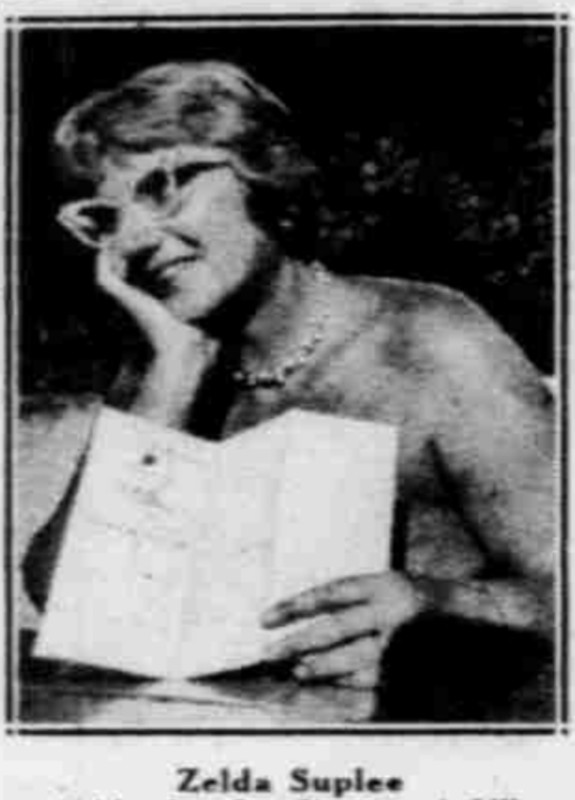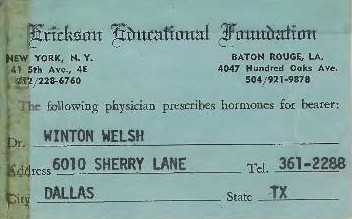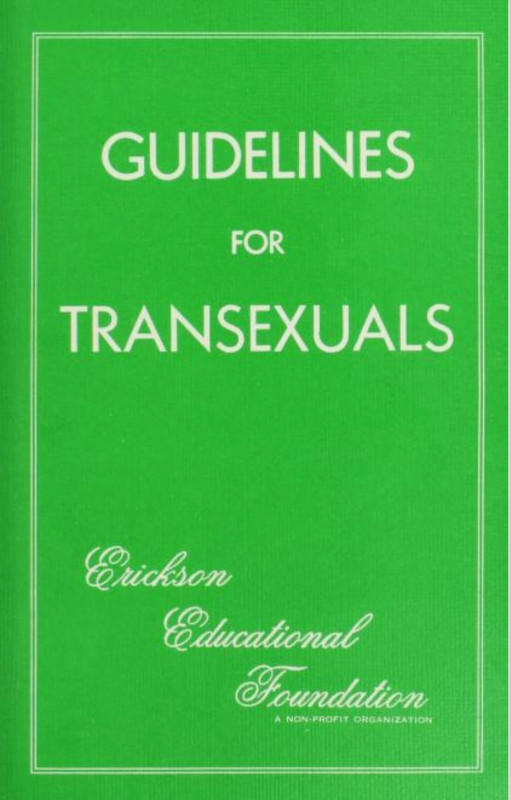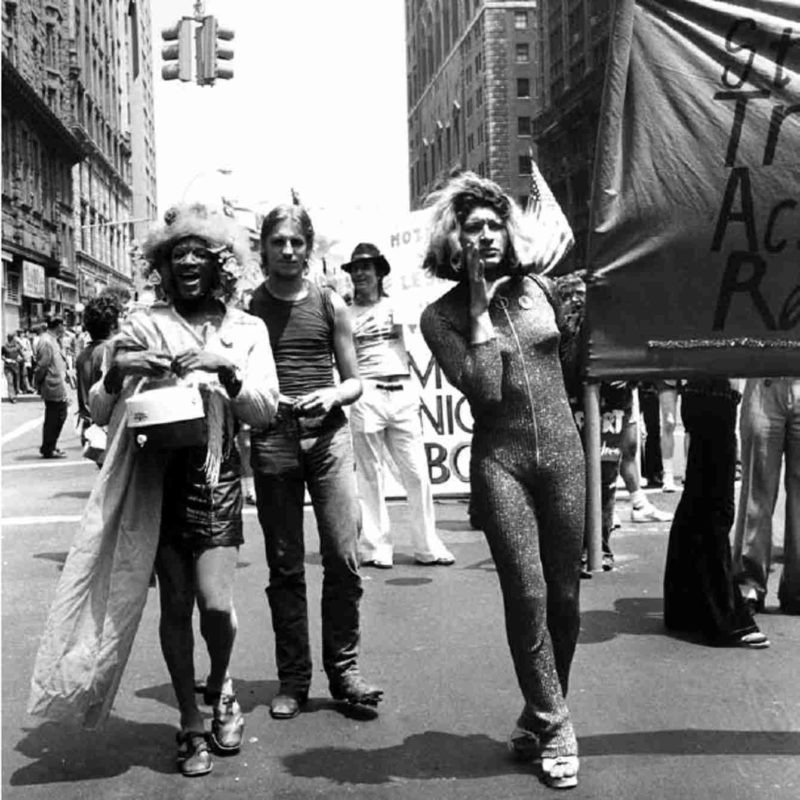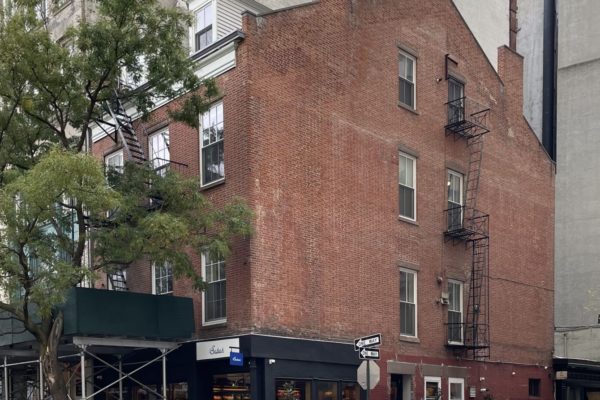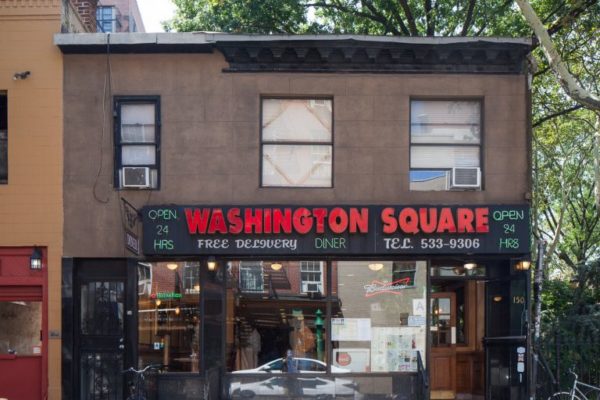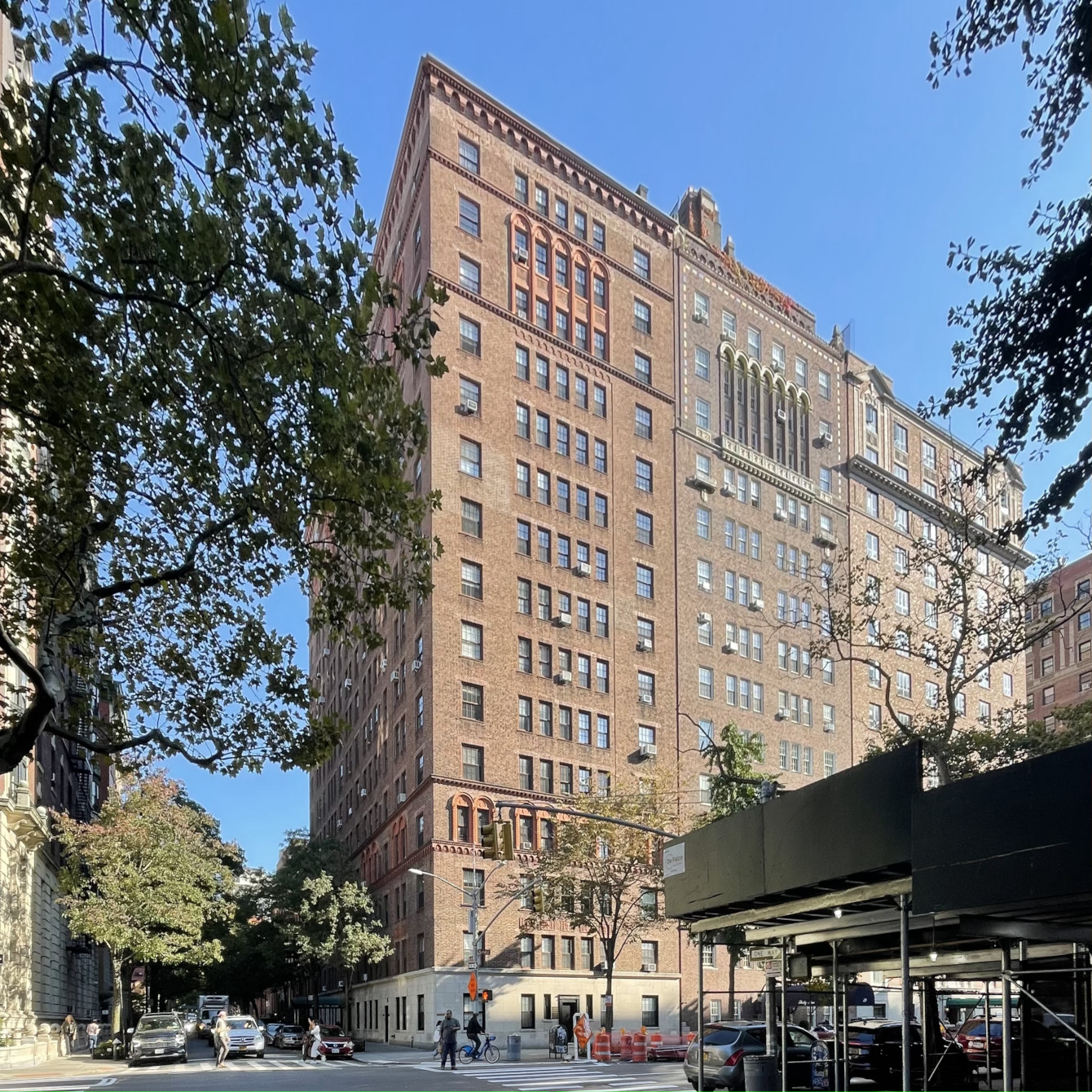
Erickson Educational Foundation New York Office
also the location of the office of Zelda Suplee
overview
The Erickson Educational Foundation (EEF), a non-profit organization founded in 1964 by trans man and philanthropist Reed Erickson, had an office in Manhattan from 1967 to 1976. A significant part of its mission was to provide support, education, and referral services to transgender people, thus establishing early models of trans health care and advocacy whose influence continues today.
EEF was overseen by Zelda R. Suplee, first as Assistant Director and later Director, who managed its day-to-day operations and played an influential role in the organization’s transgender services.
On the Map
VIEW The Full MapHistory
In 1962, Reed Erickson (1917-1992), a transgender man trained as an engineer, became independently wealthy when he inherited Schuylkill Products Co., Inc., a lead smelting business based in Philadelphia, from his father. Erickson, a patient of Dr. Harry Benjamin, sought to use his immense wealth to support gay, lesbian, and, what would today be termed, transgender advocacy.
In June 1964, he launched the Erickson Educational Foundation, a non-profit philanthropic organization he entirely funded and controlled. At that time, the foundation’s office was located in Baton Rouge, Louisiana. The goals of the EEF were “to provide assistance and support in areas where human potential was limited by adverse physical, mental or social conditions, or where the scope of research was too new, controversial or imaginative to receive traditionally oriented support.” In addition to funding “New Age” interests, the EEF contributed millions of dollars to gay, lesbian, bisexual, and transgender causes. A primary function of the organization was to support research into transsexualism and gender variance, as well as provide education and referrals to trans people in need of transition-related care.
In 1967, Erickson opened an additional office at 41 Fifth Avenue and hired Zelda R. Suplee, who resided in Greenwich Village, as Assistant Director. She, like Erickson, was an eccentric and colorful personality known for her liberal and permissive attitude toward sexuality. As Assistant Director, and later Director, of the EEF, Suplee had myriad responsibilities, including establishing an agenda for the dissemination of information on transsexualism, overseeing the writing and editing of EEF educational pamphlets and quarterly newsletters, working with the media, counseling trans people seeking aid, developing a referral list of medical professionals and clinics, and lecturing at conferences and universities. According to historian Joanne Meyerowitz, “From her office in New York [Suplee] managed the daily operations of the EEF and the everyday contacts with transsexuals who came to her for help. Erickson positioned himself as the benefactor behind the scenes… In the late 1960s and early 1970s Suplee and Erickson had tremendous influence in promoting studies of, services for, and publicity about transsexuals… In their support for research, treatment, and advocacy, they helped transform transsexuality into an acknowledged medical specialty and a serious social issue.”
Suplee was born to Jewish parents in New York City in September of 1908. She attended Washington Square College (the former name of New York University’s undergraduate program in Greenwich Village) and New Jersey College for Women (today part of Rutgers University-New Brunswick), where she completed her B.A. Before joining the EEF, she worked as a writer, magazine editor, and literary agent and, during the 1950s and 1960s, co-directed two nudist camp resorts with her second husband, J. Reed Suplee. Zelda Suplee was the first member of the American nudist movement to appear on national television (on What’s My Line? in 1953) and earned a reputation as “queen of the nudists.” She was also interested in psychic phenomenon and alternative healing, passions Erickson shared.
Suplee shared the New York office with Phyllis Saperstein, a lesbian feminist activist, whom she met at a nudist colony in New Jersey. Saperstein’s primary role was counseling transsexual patients. Suplee also helped trans people meet one another and encouraged the founding of transsexual support and advocacy groups such as Conversion Our Goal (COG) and California Advancement for Transsexuals Society (CATS). She promoted and participated in a largely failed demonstration for trans liberation in what was reported to be Sheridan Square (but was most likely nearby Christopher Park), organized by activist Angela Douglas of the Transvestite/Transsexual Action Organization (TAO), the only other transsexual organization to have longevity during the 1970s. Douglas, a militant activist from Los Angeles, came to loathe the EEF for its mainstream respectability and collaboration with medical professionals. She once described Suplee as “an old lady who viewed transsexuals as mentally ill at best.” Yet, Suplee attempted to work with Douglas and TAO behind the scenes.
In 1976, when the EEF suspended most of its operations, Suplee closed her New York office and relocated to Galveston, Texas, to direct the Janus Information Facility (JIF), a referral service for transsexuals affiliated with the University of Texas Medical Branch directed by Dr. Paul Walker. The JIF largely assumed the educational functions of the EEF. Suplee died in 1989 from a heart attack. Erickson battled drug addiction throughout the 1970s, and the decline of the EEF mirrored his own struggles. In 1983, he was arrested in Ojai, California, for possession of cocaine. Erickson jumped bail and fled to Mexico where his physical and mental health deteriorated until his death in 1992. But by this time, the EEF’s legacy as a resource for transgender individuals was undeniable.
Entry by Jeffry Iovannone, project consultant (July 2022).
NOTE: Names above in bold indicate LGBT people.
Building Information
- Architect or Builder: Rosario Candela
- Year Built: 1923
Sources
Aaron Devor, “Reed Erickson (1917-1992): How One Transsexed Man Supported ONE,” Before Stonewall: Activists for Gay and Lesbian Rights in Historical Context, Vern L. Bullough, ed., (New York: Harrington Park Press, 2002), 383-392.
Andy Humm and Joan Nixon, “Phyllis Saperstein Recalled,” Gay City News, January 4, 2005, accessed June 6, 2022, https://bit.ly/3QjCBrH.
Erickson Educational Foundation Newsletter, Vol. 5, No. 4, Winter 1972, accessed June 6, 2022, https://bit.ly/3QjrAGX.
Hugh Conway, “Queen of Nudists Calls Tax More’n She Could Bare,” Daily News, August 11, 1959.
Joanne Meyerowitz, How Sex Changed: A History of Transsexuality in the United States (Cambridge, MA: Harvard University Press, 2002).
“Reed Erickson,” Making Gay History: The Podcast, accessed June 14, 2022, https://bit.ly/3tEwu7B.
“Reed Erickson and the Erickson Educational Foundation,” University of Victoria Transgender Archives, accessed June 6, 2022, https://bit.ly/3Hou8iL.
Susan Stryker, Transgender History: The Roots of Today’s Revolution, 2nd ed. (New York: Seal Press, 2017).
“Tribute to Zelda R. Suplee,” Gender Review: The FACTual Journal, No. 3, December 1978.
Zagria, “Zelda R. Suplee (1908-1989) Director of Erickson Educational Foundation,” A Gender Variance Who’s Who, March 21, 2016, accessed June 6, 2022, https://bit.ly/3OdWqif.
Zelda R. Suplee, “Helps transsexuals and others,” The Advocate, August 4, 1971.
Do you have more information about this site?
This project is enriched by your participation! Do you have your own images of this site? Or a story to share? Would you like to suggest a different historic site?
